Your current solution (the hack) is working fine, you just have to tweak 2 parameters accordingly to get a better "solid" shadow effect.
Parameters
The 1st parameter is the shadow radius of the TextView. This parameter decides how "wide" the blur (shadow) effect will spread behind your letter.
The 2nd parameter is the repeat counter of the for loop that wraps around your TextView's onDraw(...) method. Higher repeat count will get you a more "solid" shadow by trading off the performance.
"Solid" shadow
The rule here is, increment on shadow radius (↑) must always accompany with increment on repeat counter (↑) to achieve the "solid" shadow effect.
Similarly, if you want to gain performance by reducing repeat counter (↓), you have to decrease shadow radius (↓) as well.
Solid shadow TextView
package com.example.solidshadowtext;
import android.content.Context;
import android.graphics.Canvas;
import android.support.annotation.Nullable;
import android.util.AttributeSet;
import android.widget.TextView;
public class SolidShadowTextView extends TextView {
/**
* Shadow radius, higher value increase the blur effect
*/
private static final float SHADOW_RADIUS = 10f;
/**
* Number of times a onDraw(...) call should repeat itself.
* Higher value ends up in more solid shadow (but degrade in performance)
* This value must be >= 1
*/
private static final int REPEAT_COUNTER = 10000;
// Shadow color
private static final int SHADOW_COLOR = 0xff000000;
public SolidShadowTextView(Context context) {
super(context);
init();
}
public SolidShadowTextView(Context context, @Nullable AttributeSet attrs) {
super(context, attrs);
init();
}
@Override
protected void onDraw(Canvas canvas) {
for (int i = 0; i < REPEAT_COUNTER; i++) {
super.onDraw(canvas);
}
}
@Override
public void setShadowLayer(float radius, float dx, float dy, int color) {
// Disable public API to set shadow
}
private void init() {
super.setShadowLayer(SHADOW_RADIUS, 0, 0, SHADOW_COLOR);
}
}
Sample


